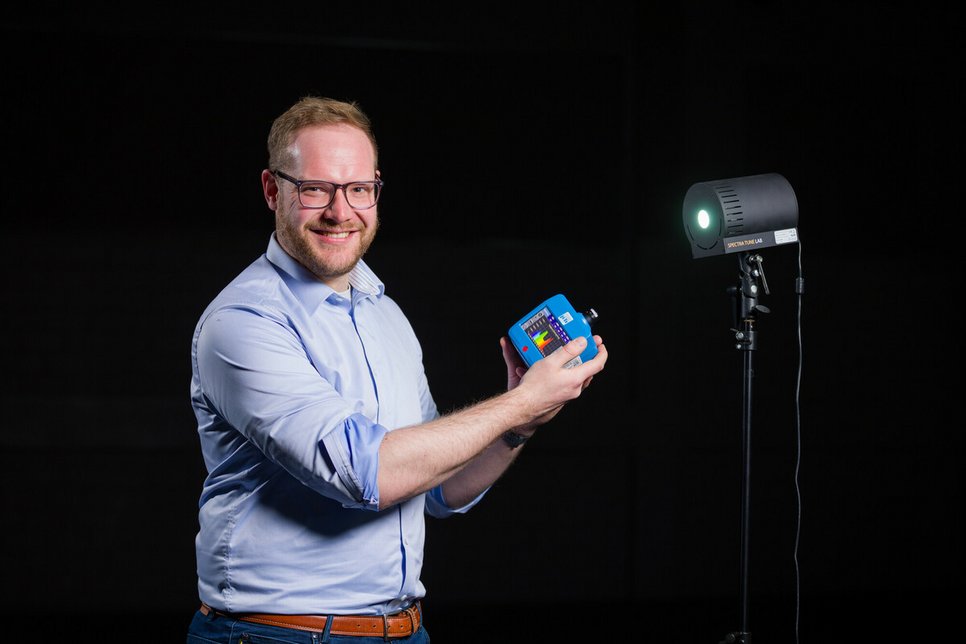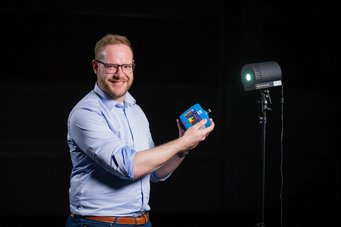International Experts Gather on the Interaction of Light and the Neural System
To the point:
First international symposium on the influence of light on humans: Organized by the MPI for Biological Cybernetics with partners from Munich and Japan, it brought together over 300 participants from more than 40 countries.
Focus: Diversity of light effects on physiology, behavior, and mental health, taking into account age, gender, ethnicity, geographical factors, and neurodiverse groups.
Result: Strong interest, lively discussions, and the establishment of an international platform that incorporates open science methods and serves as a basis for regular future meetings.
In September, the Max Planck Institute for Biological Cybernetics, together with the Technical University of Munich, as well as Kyushu University and Keio University in Japan, hosted the first international symposium on diversity in the circadian, neuroendocrine, and neurobehavioral effects of light in humans. The meeting, led by Research Group Leader Manuel Spitschan and co-hosted by Carolina Guidolin (MPI for Biological Cybernetics), Dr. Taisuke Eto (Keio University) and Prof. Shigekazu Higuchi (Kyushu University), brought together researchers from around the world for a focused exchange on this emerging field.

Thanks to a hybrid format, over 300 experts from more than 40 nations were able to join the discussion, alongside 18 speakers from 10 countries. Organiser Manuel Spitschan is delighted with the wide participation in the symposium: “I am pleased that this event has whetted appetites for this kind of neuroscientific topics that are receiving increasing international attention and research interest. I would like to expand this series in cooperation with my partners in the future and make it a regular event,” said the Max Planck researcher.
The central theme of the symposium was diversity in how light affects human physiology and behaviour. Presentations addressed differences linked to age, sex, and gender, as well as variability across ethnicities and geographic regions. Speakers also considered the role of light exposure in mental health, with discussions extending to neurodiverse groups, including individuals with ADHD and autism. By highlighting these diverse perspectives, the symposium underscored the importance of moving beyond a “one-size-fits-all” approach in human light research and of incorporating novel open science methods such as co-design and open research software practices.The strong participation and lively discussions demonstrated a clear need for further international collaboration. This first symposium laid important groundwork for future meetings dedicated to understanding the many ways light interacts with human biology across different populations and life circumstances.
